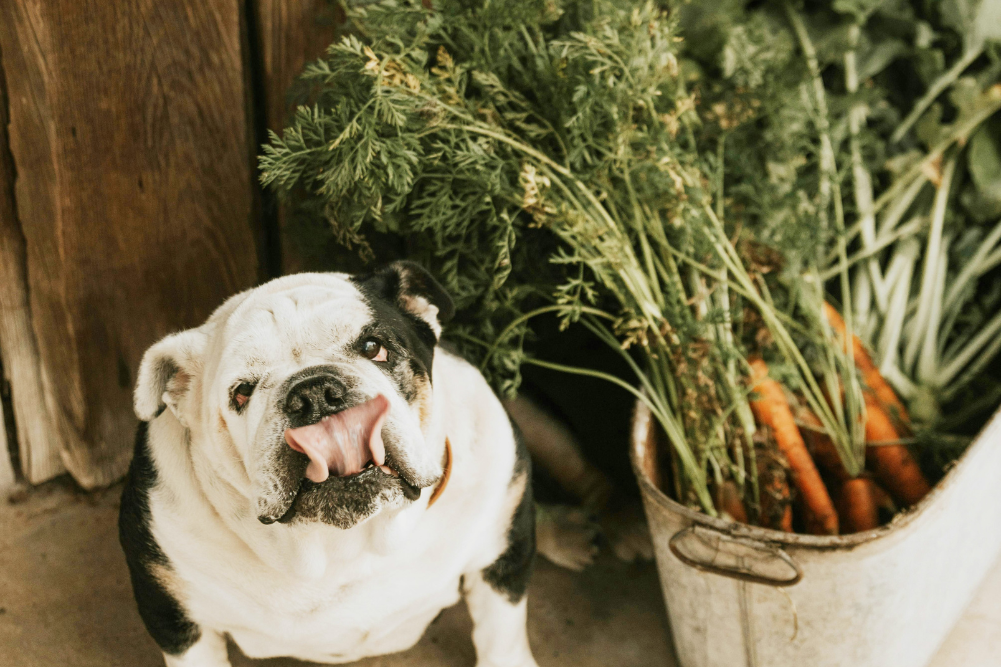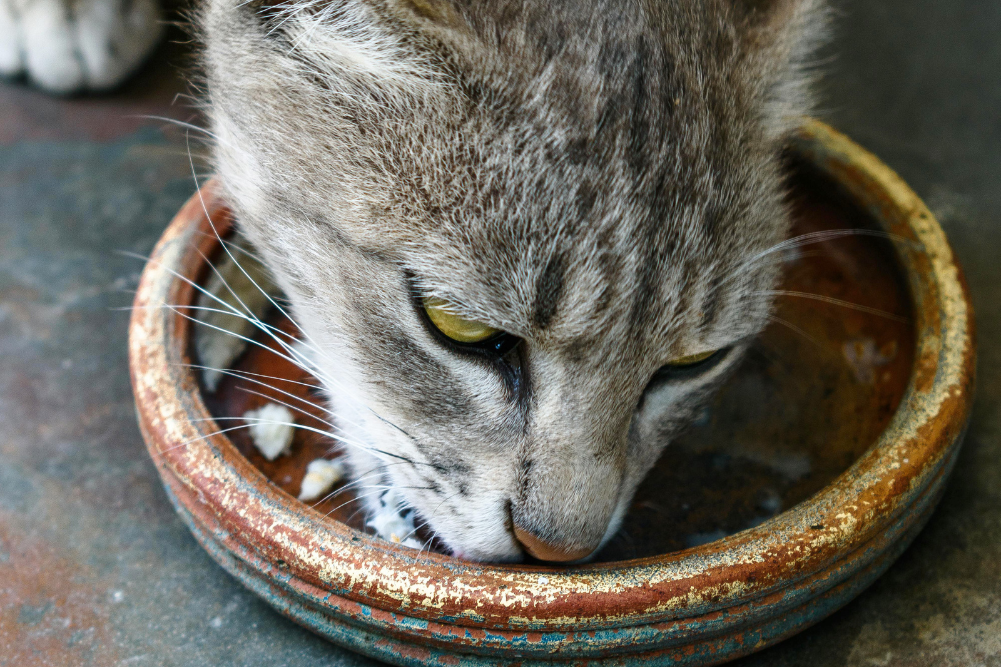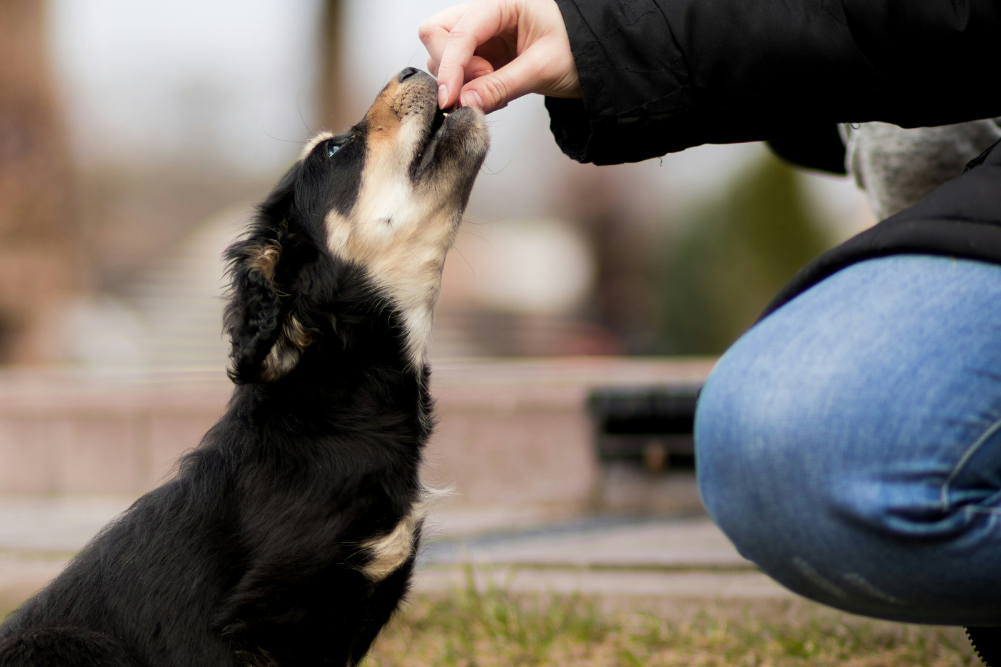Horse-riding expands cognitive abilities in children
Getting a pet is often a topic for discussion amongst most kids and their parents. Besides companionship, pets have also been known to improve our mental and physical health according to previous studies. More recently we reported that pets even help with our social life by bringing people together.
One such animal which benefits human beings is the horse.
Horses have been known to enhance overall mental and physical health but very few studies have addressed the effects of horseback riding on children and the underlying mechanisms of how riding affects humans.
Researchers at the Tokyo University of Agriculture examined the effects of horseback riding on the performance of children by having them complete certain tests before and after horseback riding.
The movement of the horse’s pelvis may provide motor and sensory inputs to the human body. The reciprocal movements of a walking horse produce a pelvic movement in the rider’s body that closely resembles human ambulation
106 children, age 10-12 years olds participated in this study. The children had no history of psychological or neurological impairment. Out of these 54 children had riding experience and were divided into three sub groups consisting of 5 boys and 13 girls each. The other 52 children were allocated into a walking group and a resting group. Three different kinds of horses were used in this experiment – a half breed mare, a Kiso (Japanese traditional horse) and a pony.
The behavioural reactions of children were measured using a Go/No-go test which determines the ability to take appropriate action (Go reaction) and to show appropriate restrain (No-go reaction) depending on the situation. The children were also asked to complete simple arithmetic tasks to tests their mental performance. Children’s heart rate (HR) and heart rate variability (HRV) was measured using a digital heart monitor which was attached to their left wrist and chest.
The findings showed that riding a horse greatly improved the children’s ability to perform behavioural tasks. However no significant difference was seen in solving arithmetic problems before and after horseback riding.
These results suggest that the effects on behavioural tasks are derived from the vibrations caused by the horse’s steps – walk, trot, canter and gallop. Theses motions especially walk, trot and canter produce three-dimensional accelerations which the researchers attribute to differences in some of the rider’s performances. The movement of the horse’s pelvis may generate motor and sensory inputs which are similar to walking. However in this study just walking had no effect on the children in any of the tasks.
The researchers explain that the horse’s movement produces vibrations which activate part of the sympathetic nervous system thus leading to improved cognitive results.
The researchers concluded that horseback riding has a positive influence on adults and children. However different horses may have different results. Some horses may reduce stress by activating the parasympathetic nervous system.
Horse riding may not be easily accessible for some children, but interacting with other pets can also benefit children such as the ability to make considered decisions or come to sensible conclusions, and the ability to appreciate and respond to complex emotional influences and non-verbal communication.
However, researchers warn that more studies are needed to investigate further.
Interacting with horses or any pet seems to be good for children and another reason why it’s hard for you to refuse when your kids ask you for a pet.
Source: Frontiers








